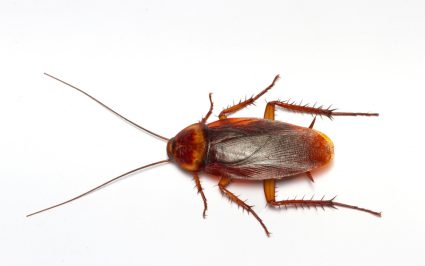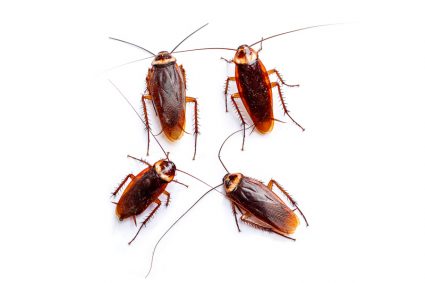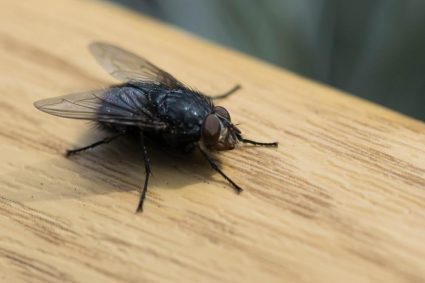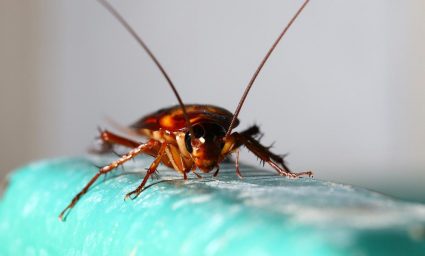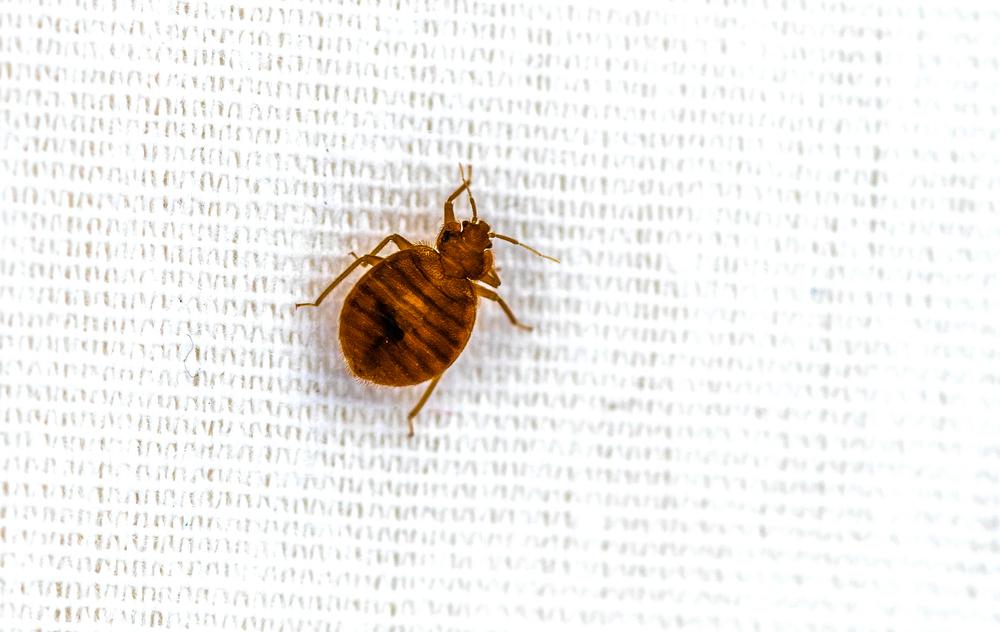
Bed bugs are a common and rather unpleasant problem many homeowners face. These tiny, blood-sucking pests can infest your home and make your nights restless. However, getting rid of them may not be as difficult as you might think. This detailed guide will help you understand how to get rid of bedbugs in your home effectively.
To get rid of bedbugs in a house, first identify the infestation by looking for signs like small, reddish-brown insects or tiny white eggs. Develop a plan and reduce clutter to eliminate hiding places. Prepare your home for treatment by washing and drying infested items on high heat, vacuuming thoroughly, and using steam or heat treatments. Kill the bedbugs using a combination of non-chemical and chemical methods. Finally, monitor your home regularly and take preventive measures to avoid future infestations. If the problem persists, consider seeking professional help.
Identifying the Problem
The first step in getting rid of bedbugs is identifying the problem. Look for signs of bedbugs, such as small, reddish-brown insects, tiny white eggs, and rust-colored fecal spots on bedding and furniture. If possible, collect a sample to show an extension agent or other insect expert for proper identification.
Developing a Plan
Once you’ve confirmed the presence of bedbugs, the next step is to develop a plan. Create a schedule for completing the necessary steps to eliminate bedbugs, including inspection, treatment, and follow-up. Keep records of the dates and locations where pests are found to track progress and target your efforts.
Reducing Clutter
Eliminate hiding places for bedbugs by decluttering your home. Dispose of infested items responsibly to prevent spreading the infestation. Seal mattresses and box springs with protective covers to prevent bedbugs from finding a place to hide.
Preparing for Treatment
Before you start the treatment, it’s important to prepare your home. This may involve washing and drying bedding, clothing, and other items on high heat, vacuuming thoroughly, and using steam or heat treatments on furniture and mattresses.
Killing the Bedbugs
Now comes the most crucial part – killing the bedbugs. Use a combination of non-chemical and chemical methods to kill bedbugs. Non-chemical methods include heat treatment (using a clothes dryer on high heat or a professional heat treatment), cold treatment (freezing infested items), and using desiccants (chemicals that dry out the bugs). Chemical methods may involve insecticides registered by the EPA for use against bedbugs, such as pyrethrins, pyrethroids, or other approved products.
Monitoring and Preventing
Continue to inspect for bedbugs at least every 7 days to ensure all eggs have been eliminated. Use bed bug interceptor traps under furniture legs to catch and monitor bedbugs. Take precautions to prevent future infestations, such as inspecting secondhand furniture before bringing it home, using protective mattress covers, and reducing clutter.
Remember that treating bedbugs can be complex and may require multiple attempts. If you’re unable to eliminate the infestation on your own, consider hiring a professional exterminator for assistance.
Conclusion
Bed bugs may be a nuisance, but with the right approach, you can get rid of them from your home. Remember, early detection and proper treatment are key. Don’t let these tiny pests rob you of your sleep and peace of mind. Take action today and reclaim your home from the clutches of bedbugs!
Frequently Asked Questions
How quickly can a bedbug infestation spread?
A bedbug infestation can spread quite rapidly. A female bedbug can lay up to 500 eggs in her lifetime, and under optimal conditions, bedbugs can develop from an egg to an adult in as little as a month. This means that a small problem can quickly become a major infestation if not dealt with promptly.
Can I get sick from bedbug bites?
While bedbugs are a nuisance and their bites can be itchy and uncomfortable, they are not known to transmit any diseases to humans. However, some people may have an allergic reaction to the bites, leading to severe itching or even hives.
Can bedbugs survive outside?
Bedbugs are indoor pests and prefer to live in human environments. While they can survive outdoors for a short time, they cannot thrive and reproduce outside like many other insects.
Are there natural ways to get rid of bedbugs?
Yes, there are natural methods that can be used to get rid of bedbugs, such as extreme heat or cold treatment. However, these methods are often less effective than chemical treatments and may not eliminate all bedbugs, especially in larger infestations.
Can bedbugs live in my clothes or hair?
Bedbugs prefer to live close to their food source, which is human blood. While they could hide in your clothes or hair temporarily, they are unlikely to live there long term. Instead, they prefer to live in places like mattresses, box springs, and bed frames, where they have easy access to you while you sleep.



